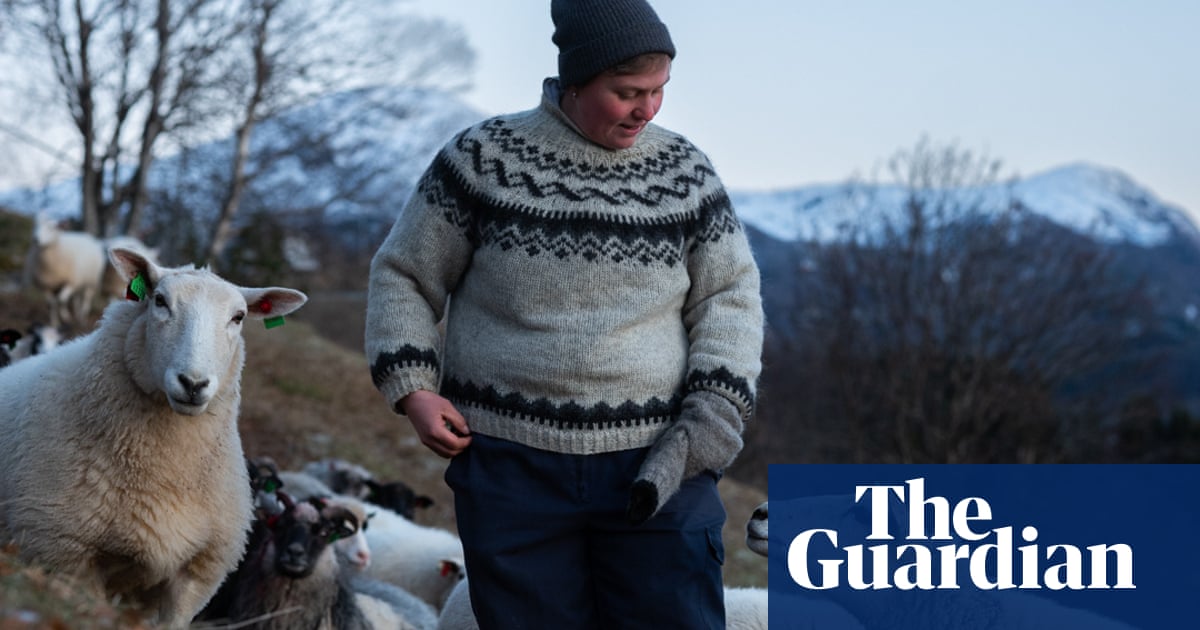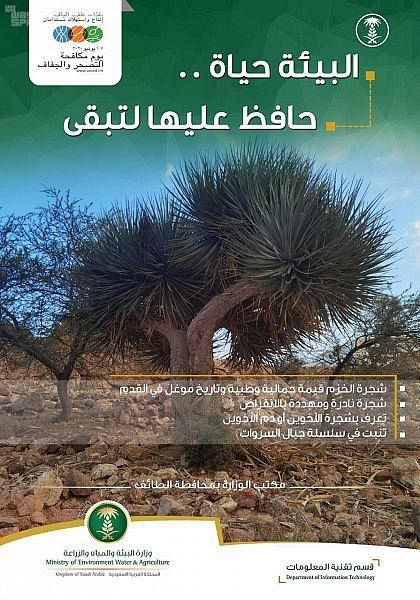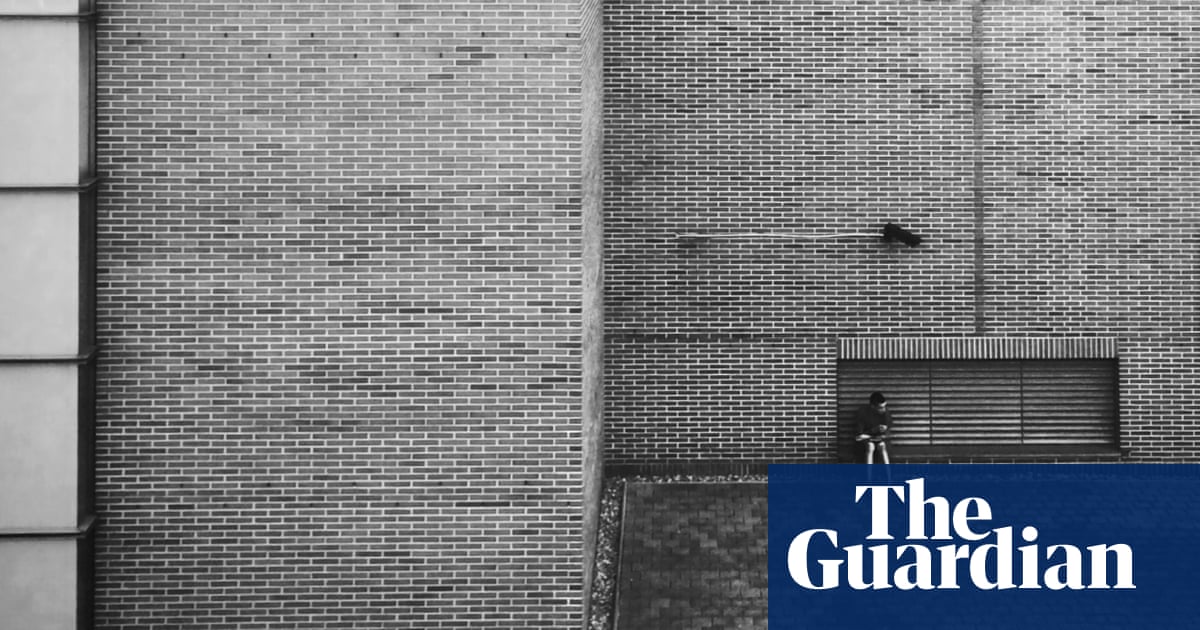
The small village of Engan lies perched on the hillside above the fjord of Kobbelvvågen, north of the Arctic Circle in Norway. After the dark and snowy winter, its terrain is a blanket of green in the spring and summer months, providing an ideal feeding ground for Rakel Nystabakk’s flock of sheep.
“It’s so cool that they can walk around by themselves for the whole summer grazing everything – herbs, mushrooms and land that we cannot make food from. They’re so well built for this landscape,” she says.
Back when Nystabakk, 35, was a child, Engan was bustling with farmers and their families, with at least seven individual farms. Today, Nystabakk, her wife, Eida, and their small 14-hectare (35-acre) farm are the last ones standing in the village.
Europe is in the midst of a dramatic shift to fewer and bigger, more intensive farms. The number of farms in Norway has more than halved since the 1990s. Sheep farming in particular is suffering, with a lack of interest from sons and daughters in taking on their parents’ businesses.
Unlike most other countries in Europe, Norway has a tiny arable sector too, with much of its land unsuited to growing food. This makes traditional grass-based livestock farming a logical choice for a country trying to produce more of its own food, says Nystabakk.
“For me, agriculture is about using your local resources in the most sustainable way and here, sheep is the natural choice. In Norway we only produce 40% of the food we eat. I don’t think that’s a good idea in a world of conflict and climate change.
“I honestly believe farming land the way we do here is the right thing to do. In some cases we’re destroying nature with farming, but not this type of farming. It’s the traditional way in Norway where the land is so marginal.”
Contrary to the narrative of rural exodus, Nystabakk says many in her generation have a “longing for a slower life” and want to own a smallholding.
She herself had initially worked as a musician in the southern Norwegian city of Kristiansand before coming back home to take over the farm. “A part of me was always here,” she adds.
The problem is that fewer and fewer people are getting the experience or opportunity to farm any more, says Nystabakk, who continued spending her summers working back on the farm while living away.
“If you live in the city and have no experience with farming, there’s no way you can know what life it entails. It’s so much more responsibility than you think beforehand. People have a longing for this way of life, but where can you experience it?”
Fewer farms also means fewer opportunities for future generations. Nystabakk’s chance to run a farm only came about because her parents were adamant about selling the farm to someone who would keep the flock of 130 sheep going.
“They could easily have sold the farm off as a cabin to rich people and had a lot more money for retirement,” she says. Instead, her father is working for her on an hourly wage that is “not very good for a man with 40 years experience”.
“For many years now this kind of farming has not been prioritised,” she says.
“The political will is that we should get fewer and bigger farms. This has to change. We’re trying to fit our landscape to this ‘bigger is better’ model and it’s not rational for lots of reasons. People with less land and animals can manage them better.”
Regardless of the politics, Nystabakk, who is the fourth generation of her family to run the farm, is confident she can keep it going – despite the early starts.
“If you have animals, you don’t have much choice. I prefer to stay in bed some days, but most of the time I love to come out and see the sheep and be outside and know that my ancestors have been doing this on these same fields for generations before me.”












